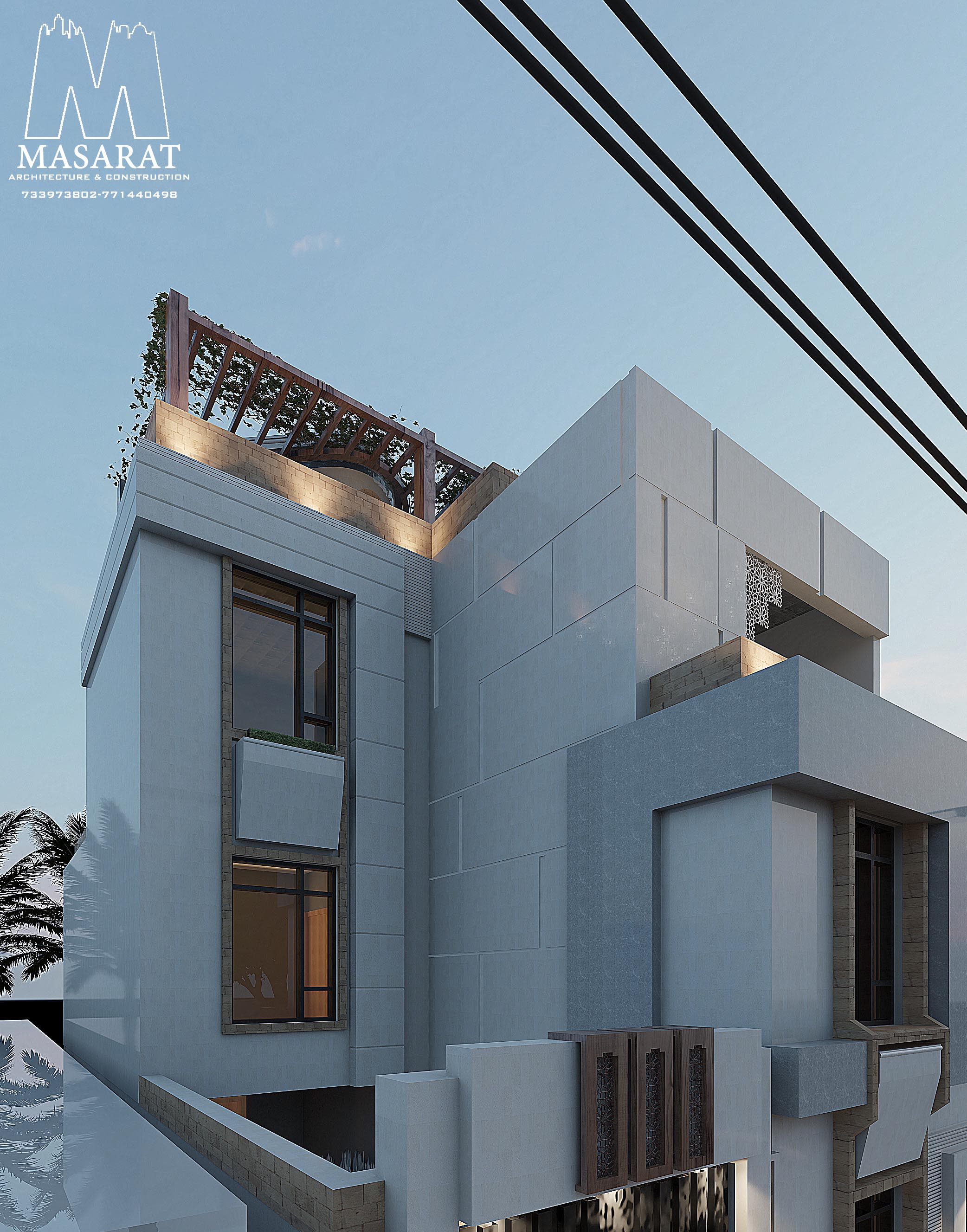
And the third way of performing displacement is going to be using via displacements modifier.Second, it’s from the Vray material in the maps rollout you can simply define a displace map and control how much displacement you want using this value here after that you can refine your displacements by going to the render setup dialog and in the displacement rollout under settings tab to control the quality of your displacements mapping using these parameters here.First, we can go to material maps roll out and choose a map for Displacement map below the bump map and give the value you want.There are three simple ways to perform displacement mapping in v-ray. For now, disconnect the map from the bump slot. Now it’s time to discuss displacement mapping. we just made the illusion more pronounced and more contrasting maybe and in the final render it was set to 200. As you can see, we didn’t change the height. Now we start to get little bit of those dents and bumps. In the second render, bump amount was 30. So, we have our clean object without any change. Now let’s look at the wall renders with different values.

If I use 60 or more like 150, you can see by increasing the value we are just making the effect to be more pronounced but we cannot make much change in our surface as bump mapping is just an illusion. Here, I chose brick texture for bump map.įollow the given below images for reference. Choose Maps > Vray > Vray bitmap and select the texture (the bump map image) you want as the bump map. So, click on the no map button for the bump map. If you select your Vray material and come down to the Maps rollout, we have this bump slot that allows us to specify a black and white map as our map and control the strength of the bump mapping using this value here. Now we can start with our first map which is bump map. You can use any of the material or image of your choice. This simple Vray material #19 is the material that we have applied to our wall.

You can choose between Compact material editor and Slate material editor.

Open up the material browser by pressing “M” on viewport or go to rendering tab and then simply click on Material editor. Now I’ll show you, how we can set up bump and displacement mapping. The main difference between bump mapping and displacement mapping is that a bump mapping is just an illusion that won’t alter the actual surface but just changes the surface normal to add detail to the surface but displacement mapping actually changes and modifies the actual surface and vertices and it’s much more realistic compared to bump mapping. So, what is Bump mapping and what is Displacement mapping and what’s the difference between these two. I have this simple plane named wall of 10’x10’ and one V-ray physical camera and a V-ray dome light to light the scene. Hello there, in this blog, I am going to discuss about bump and displacement mapping in 3DS MAX with V-ray 5.


 0 kommentar(er)
0 kommentar(er)
